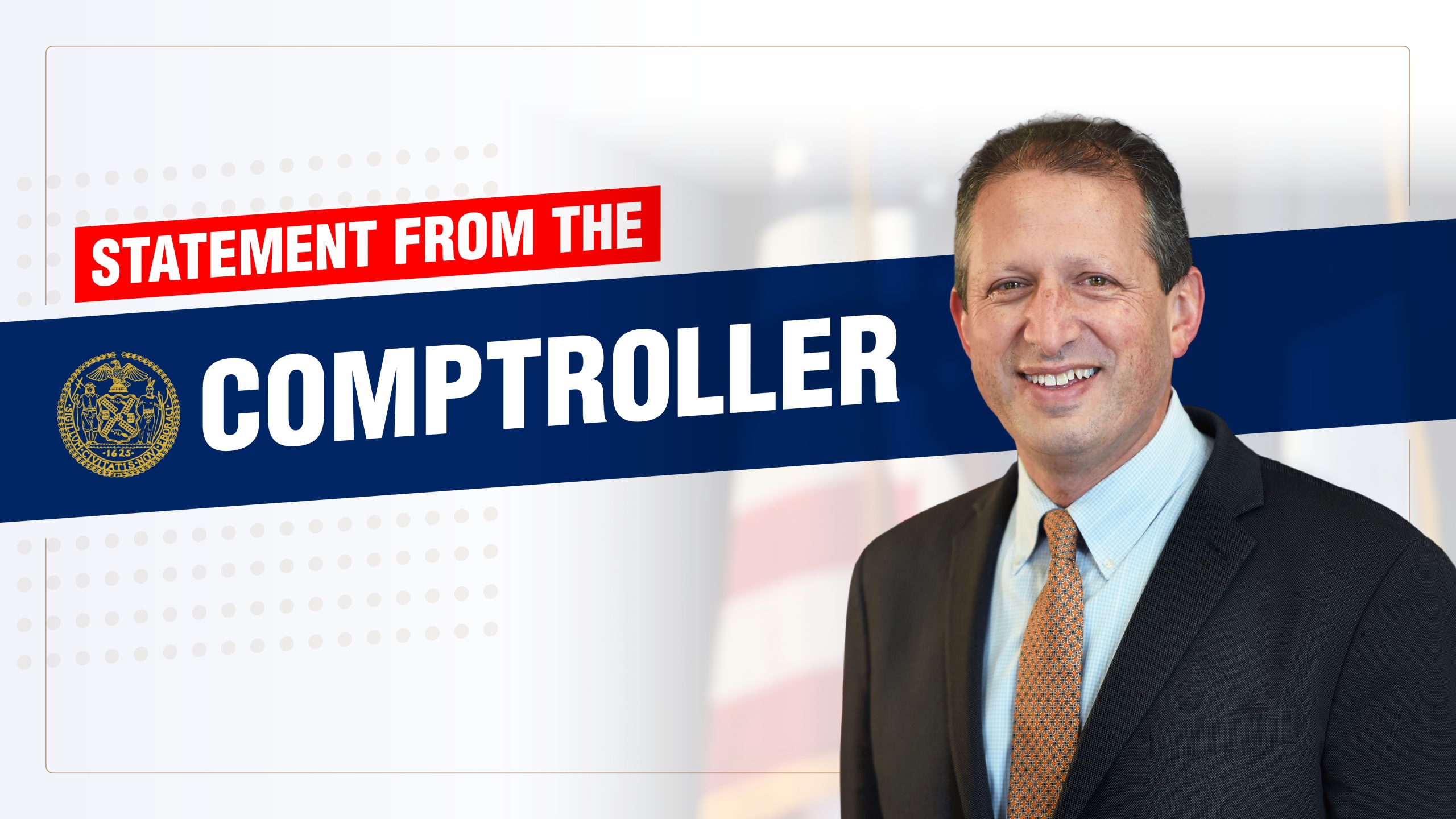
Governor Encourages New Yorkers to Keep Using the Tools to Protect Against and Treat COVID-19: Vaccines, Boosters, Testing, and Treatment
17 Statewide Deaths Reported Yesterday
NOTE: Beginning the weekend of June 11, HERDS data collection from health care facilities will no longer occur on Saturdays and Sundays, as well as holidays. Data from the previous Friday will be reported the following Monday or next non-holiday. Further, Saturday and Sunday cumulative data, as well as Monday if a holiday weekend, will be reported on the second workday of the given week. As a result, some data may appear higher than actual trends.
NOTE: Updates to the CDC’s cumulative death data files were paused starting June 6, 2022, while the CDC upgrades its system. Reporting is expected to resume on June 21, 2022. Any questions about this should be directed to the CDC. During this time, total deaths and new daily deaths reported through HERDS will continue as normal.
Governor Kathy Hochul today updated New Yorkers on the state's progress combating COVID-19.
"While we continue to monitor the numbers, we must remain vigilant against this virus and stay prepared for any potential surges later this year," Governor Hochul said. "I urge all New Yorkers to keep up to date with vaccinations and booster doses in order to protect yourself and those around you from serious illness and hospitalization. Test often, especially if you are experiencing symptoms, and talk to your doctor about available treatments if you test positive."
Today's data is summarized briefly below:
- Cases Per 100k - 28.98
- 7-Day Average Cases Per 100k – 30.31
- Test Results Reported - 104,000
- Total Positive - 5,663
- Percent Positive - 5.10%**
- 7-Day Average Percent Positive - 5.41%**
- Patient Hospitalization - 2,009 (-12)
- Patients Newly Admitted - 353
- Patients in ICU - 210 (+8)
- Patients in ICU with Intubation - 72 (-2)
- Total Discharges - 310,708 (+328)
- New deaths reported by healthcare facilities through HERDS - 17
- Total deaths reported by healthcare facilities through HERDS - 56,289
** Due to the test reporting policy change by the federal Department of Health and Human Services (HHS) and several other factors, the most reliable metric to measure virus impact on a community is the case per 100,000 data -- not percent positivity.
The Health Electronic Response Data System is a NYS DOH data source that collects confirmed daily death data as reported by hospitals, nursing homes and adult care facilities only.
Important Note: Effective Monday, April 4, the federal Department of Health and Human Services (HHS) is no longer requiring testing facilities that use COVID-19 rapid antigen tests to report negative results. As a result, New York State's percent positive metric will be computed using only lab-reported PCR results. Positive antigen tests will still be reported to New York State and reporting of new daily cases and cases per 100k will continue to include both PCR and antigen tests. Due to this change and other factors, including changes in testing practices, the most reliable metric to measure virus impact on a community is the case per 100,000 data -- not percent positivity.
- Total deaths reported to and compiled by the CDC - 71,670
This daily COVID-19 provisional death certificate data reported by NYS DOH and NYC to the CDC includes those who died in any location, including hospitals, nursing homes, adult care facilities, at home, in hospice and other settings.
- Total vaccine doses administered - 39,083,194
- Total vaccine doses administered over past 24 hours - 39,220
- Total vaccine doses administered over past 7 days - 108,948
- Percent of New Yorkers ages 18 and older with at least one vaccine dose - 92.7%
- Percent of New Yorkers ages 18 and older with completed vaccine series - 84.1%
- Percent of New Yorkers ages 18 and older with at least one vaccine dose (CDC) - 95.0%
- Percent of New Yorkers ages 18 and older with completed vaccine series (CDC) - 87.5%
- Percent of New Yorkers ages 12-17 with at least one vaccine dose (CDC) - 83.8%
- Percent of New Yorkers ages 12-17 with completed vaccine series (CDC) - 73.7%
- Percent of all New Yorkers with at least one vaccine dose - 82.2%
- Percent of all New Yorkers with completed vaccine series - 74.5%
- Percent of all New Yorkers with at least one vaccine dose (CDC) - 90.7%
- Percent of all New Yorkers with completed vaccine series (CDC) - 77.5%
Borough | Tuesday, June 7, 2022 | Wednesday, June 8, 2022 | Thursday, June 9, 2022 |
Bronx | 3.55% | 3.65% | 3.48% |
Kings | 4.25% | 4.25% | 4.33% |
New York | 6.26% | 6.07% | 5.93% |
Queens | 5.50% | 5.52% | 5.45% |
Richmond | 5.15% | 5.38% | 5.29% |
